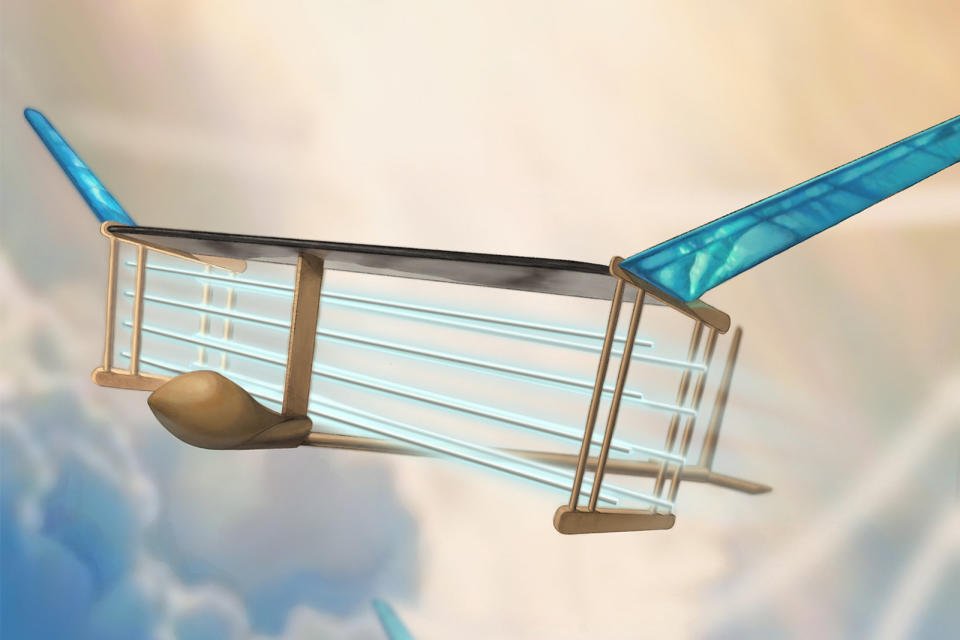Ion-powered aircraft flies with no moving parts
It could be used for ultra-quiet drones and hybrid airliners.
As clean as electric aircraft can be, there's still one kind of pollution they still produce: noise. Even that might go away before long, though. MIT researchers have successfully flown an ionic wind-powered aircraft that doesn't use any moving parts. The 16-foot wide machine stays aloft by charging wires with a high enough voltage (40,000V) that they strip negatively-charged electrons from air molecules, which are promptly attracted to negative electrodes at the back of the aircraft. The collisions from that newly-formed ionic wind create the thrust needed to keep the vehicle airborne.
Ionic wind aircraft have been been theoretically possible for years, but real-world designs have been limited to devices that hovered above a desk, and then only because they're tied to high-voltage power supplies. The solution here was a custom power supply that could generate the necessary output.
There's a long, long way to go before you see this technology in the skies. The prototype was barely sophisticated enough to fly 197 feet across a gym, and required a large electrode area to produce enough thrust. A fully controllable, efficient aircraft might not happen for a while. The potential, however, is clear. You could see very quiet aircraft, such as drones that don't emit annoying buzzes. There might also be hybrid airplanes that could improve their fuel efficiency. And since there are no moving parts, ionic wind aircraft could be more reliable than their conventional counterparts.


